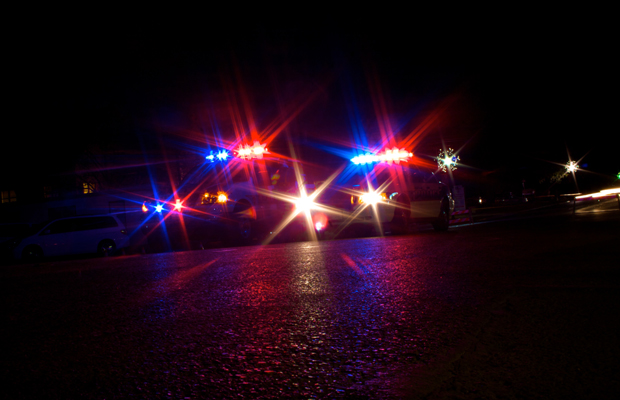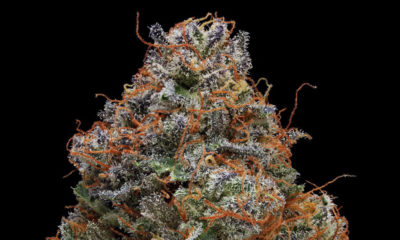
Legal
5 Questions About ‘Weed DUI’ Answered
Many people assume chemical testing for THC is as simple and reliable as testing for blood alcohol content (BAC), but in reality it is much more complex.
Even in states that decriminalize medical or adult-use of cannabis, police can still arrest you for driving under the influence. That may not come as much of a surprise: most people know driving impaired is illegal, regardless of the substance. But many people don’t realize how difficult it is to chemically test for cannabis intoxication.
Here’s the answer to five big questions you might have about “weed DUI.”
1. What do state laws currently say about the limits for marijuana impairment?
Washington State, Colorado, California — and a number of other states with laws allowing for the medicinal or recreational use of cannabis — also have laws that address impaired driving. Much like drunk driving laws, these statutes give police two ways to determine whether a driver is impaired:
● Observed Impairment: Trained officers use field tests and observe driver behaviors and judge the impairment of a driver.
● Chemical Test Results: While there is no standard legal limit of active tetrahydrocannabinol (THC) as there is with alcohol, several states accept five nanograms of active THC as the limit. When a blood test shows levels above this limit, the driver often faces charges.
While these are generally accepted ways to identify a driver impaired by marijuana use, both of these methods have their problems.
2. How reliable is observed impairment as a method of determining marijuana use?
States with “stoned driving” laws typically train law enforcement officers to detect the effects of drugs on the body. In Colorado, a program known as Advanced Roadside Impaired Driving Enforcement (ARIDE) provides this training. Officers learn to spot and screen for dozens of potential indicators of impairment.
However, many people question the reliability of observational testing; it is more difficult to prove in court than a chemical test, and many times it comes down to the judgment of an officer who may or may not actually have the skills to determine the driver’s impairment.
3. What type of marijuana chemical testing do police rely on most frequently?
While arrests based on observed impairment are legal, most police departments also conduct chemical testing. This blood test checks for the THC level in whole blood, and if you exceed the legal limit in your state you may face impaired driving charges.
While this may seem similar to BAC testing, the difference is that results from BAC tests accurately show how much the driver recently drank. But residual THC can remain in your system for weeks or months after marijuana use, and there is usually some level of THC present in a regular user.
Still, a recent AAA Foundation study found that even blood tests looking only for active THC (and not including residual THC from previous use) may not be reliable. According to the study, these samples are often unreliable because it takes an average of 165 minutes from the time a stop occurs until the blood draw. This prolonged delay can lead to inaccurate results.
4. Are there better chemical testing options for marijuana impairment?
The obvious choice for more accurate testing results would be a device that serves as a sort of Breathalyzer for marijuana and other drugs. To this end, police departments across the country are beginning to utilize the Dräger DrugTest 5000 and other similar devices for roadside drug testing. This type of device is in use in Los Angeles and San Diego, and other police departments in California are testing a mouth-swab device.
These devices allow police to swab the inside of a driver’s cheek and test the swab onsite. The DrugTest 5000 checks for the presence of six types of drugs, including detecting whether there is active THC in the body. It takes only a few minutes to return results. A positive result would likely lead to a warrant for a blood test to identify the exact amount of drugs in the driver’ system.
5. How could these methods change in the future?
It took decades to reach our current national standards for drunk driving, so it’s no surprise that reaching a consensus on measuring and enforcing marijuana impairment could take several more years. The best thing you can do to protect yourself is never drive while impaired by drugs or alcohol.
Further, stay on top of local and state laws, and developments that relate to testing technology. Understanding how law enforcement determines marijuana impairment — and the problems with those methods — could play a major role in your case if you are ever falsely accused of driving under the influence.
TELL US, what’s your stance on “weed DUI?”
























